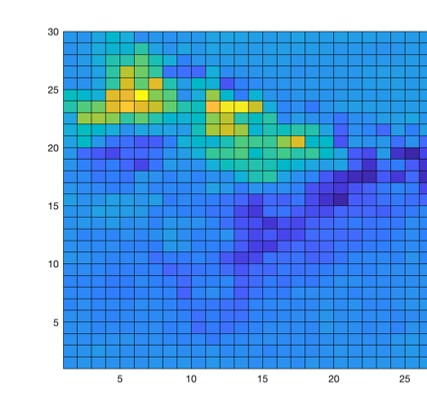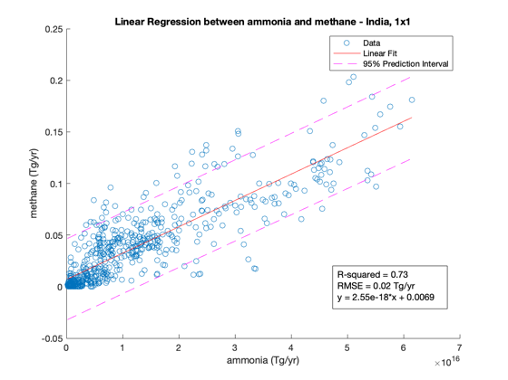Project Description
Discussions about greenhouse gases (GHGs) often revolve around Carbon Dioxide. However, methane gas is a GHG that is 84 times stronger than carbon dioxide on a 20-year time horizon. Methane, which has a much longer lifetime than other GHGs, also contributes to harmful ozone formation and climate radiative forcing. However, due to challenges in measuring methane at scale, the methane budget is not well characterized in terms of its anthropogenic contributions. The aim of this project was to evaluate ammonia observations from the CriS satellite instrument as a proxy for methane emissions, with the overall goal of understanding contributions of agricultural activities to the methane budget. By co-locating ammonia with ground-truth data of methane emissions and farmland for the state of California, this analysis yields some evidence of using ammonia as a proxy for agricultural-related methane emissions. We then also see, globally, some evidence of a positive upwards trend between ammonia and methane observations. By applying a linear regression based on the relationship, we can estimate changes in methane concentrations that align well with other literature that estimate changes in methane using other means.

